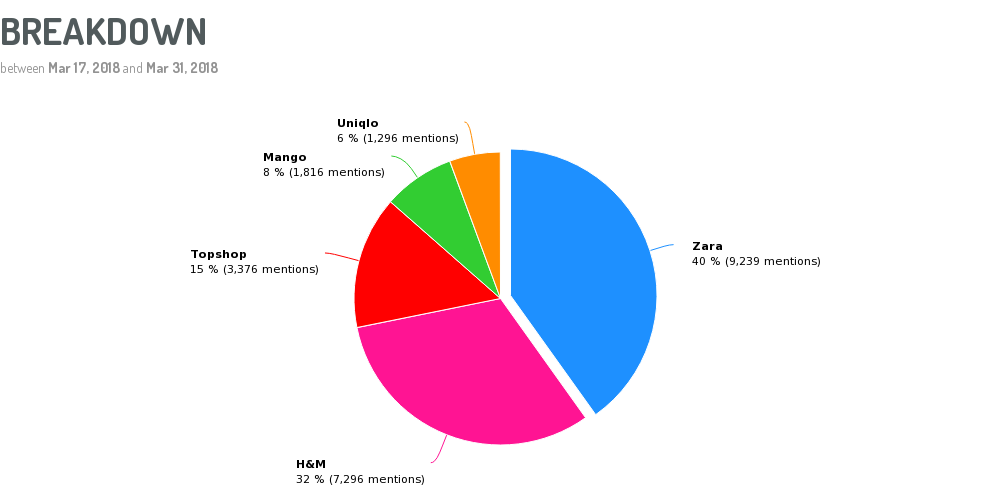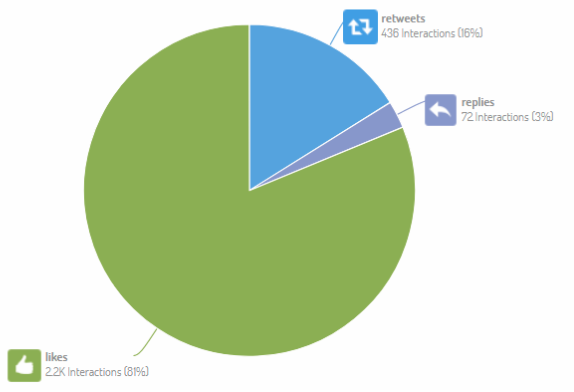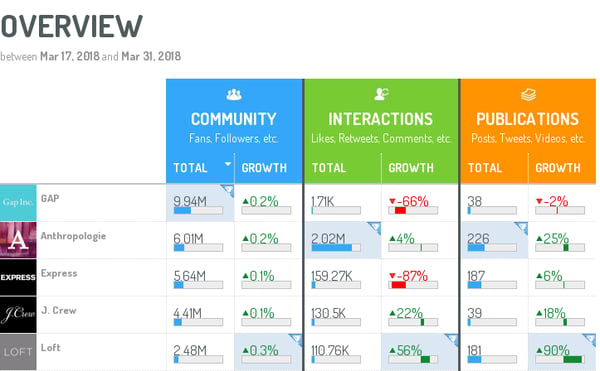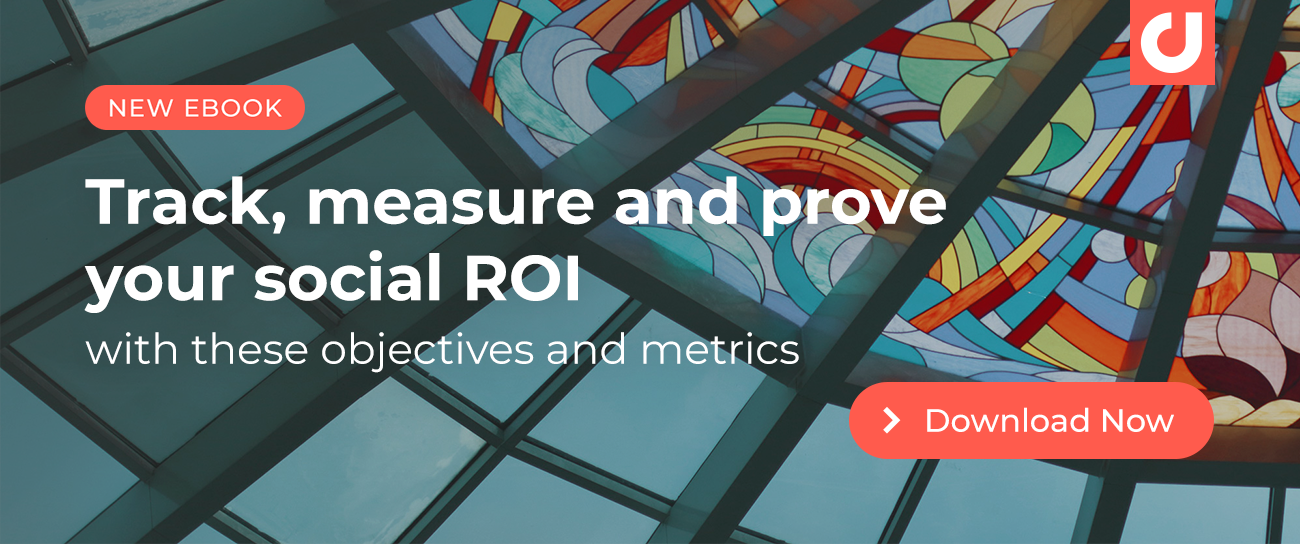The 3 Essential Elements of a Successful Social Media Report
If you’re in charge of digital marketing or social media management within your organization, you’re likely expected to develop reports on your brand’s social media activities and campaign ROI. You might include performance reports of the company’s social media accounts, tracked mentions of your company or relevant industry leaders, or search engine analyses. Regardless of what you prefer to include in your social media report, it’s essential to include in-depth performance analysis of three key social media elements: community, engagement, and content.
1. Community Performance
Whether it’s on Twitter, Facebook, Instagram, or YouTube, tracking the evolution of your community sizes is an incredibly important metric. A successful analysis of community development should strive to answer the following questions:
- What are the growth rates of my social communities by channel?
- How significant are social communities within my overall marketing strategy?
- How does my owned media share of voice compare to those of competitors?
a. Relevant KPIs
Tracking your organization’s total number of followers across all social platforms is an important metric, however can be a superficial indicator on its own. This analysis must also include growth rates over time and campaigns, events, and marketing content’s effects on these rates. Community development analysis can be segmented by both individual social channels (Twitter versus Facebook, for example) or by geographic region. Above all, this segmentation must prioritize the primary objectives of your organization. If a campaign targeted specifically at growing a Canadian market had just launched, segment and monitor community growth within that geographic area specifically.
 A competitive benchmark of retail brands by share of voice.
A competitive benchmark of retail brands by share of voice.
b. Internal and Competitive Benchmarking
To put relevant indicators into perspective, the ability to benchmark current metrics against reference values is not only an excellent method for understanding how your communities are developing, but also acts as an organizational tool as well. It’s not easy to understand whether or not a 5% growth rate on an Instagram account is a promising number with no indication of how your account has performed in the past and how your competitors are performing. Digmind’s social listening tool enables its users to consistently compare current and past metrics with internally and externally against major industry players.
c. Qualitative Analysis
Beyond quantitative analysis, it’s important to understand how your communities are performing beyond simple metrics. Qualitative analysis is helpful for informing quantitative indicators - among other things, they enable brands to understand how consumers are interacting with them or what issues customers have with their products, the types of followers and influencers demonstrating interest in the company, their socio and psychographic characteristics, and so on.
 Analyze your community based on their individual levels of influence.
Analyze your community based on their individual levels of influence.
2. Engagement Performance
The level of engagement that a social media account generates its an absolutely invaluable indicator which must be highlighted in any comprehensive social media report. A massive following is meaningless if its community doesn’t interact with the account and its content. Engagement rates are a good indication of content relevancy, the value of campaigns, and general brand interest.
An evaluation of engagement should answer the following questions:
- How often are communities interacting with the brand?
- What is the nature of these interactions?
- How have engagement rates developed over time?
a. Relevant KPIs
In analyzing engagement rates, it’s important to keep a number of metrics in mind, including: likes, favorites, retweets, shares, comments, and so on. As previously mentioned, it’s important to compare these values with a reference period in order to determine how engagement rates are developing over time. It’s also important to note the number of posts using campaign and brand-related hashtags and the number of posts tagging your social media handle directly in order to understand how individuals are discussing your organization.
 An analysis representing share of interaction type, via Digimind Social.
An analysis representing share of interaction type, via Digimind Social.
b. Segmentation
Engagement analysis can be segmented by the following criteria:
- Social media channel
- Type of interaction by social channel
- Geographic region
It’s important to understand how each social channels and regions are performing individually in order to evaluated which are worth investing into in terms of both time, paid social promotion, and content creation.
3. Content Performance
 A competitive benchmark representing community performance by brand, via Digimind Social.
A competitive benchmark representing community performance by brand, via Digimind Social.
The performance of marketing content is heavily related to how the content was promoted and how engaging it is. In evaluating the success of content, a social report should answer two questions:
- How does my publishing strategy compare to my competitors?
- Which content has generated the best interaction rates?
Once again, it’s important to benchmark both internally and externally to put the analysis of your content into context.
a. Quantitative Analysis
Quantitative analysis of content should track the following:
- The number of mentions generating an interaction action rate over a certain threshold (determined according to objectives and goals) over a preset time period.
- The average number of publications released over a certain time period, segmented by social channel and compared to primary competitors.
b. Contextualization
It’s useful to compare your most engaging content to those of major industry players in order to understand how successful your content strategy is versus those of competitors.
A content performance analysis should always contextualize KPIs for non-marketing specialists, put relevant data into perspective by benchmarking performance over a pre-specified time period and against competitors, and should illustrate the meaning of quantitative data with sample messages and content.
The Top KPIs for Proving Marketing ROI
.png?width=100&name=logo%20(1).png)




